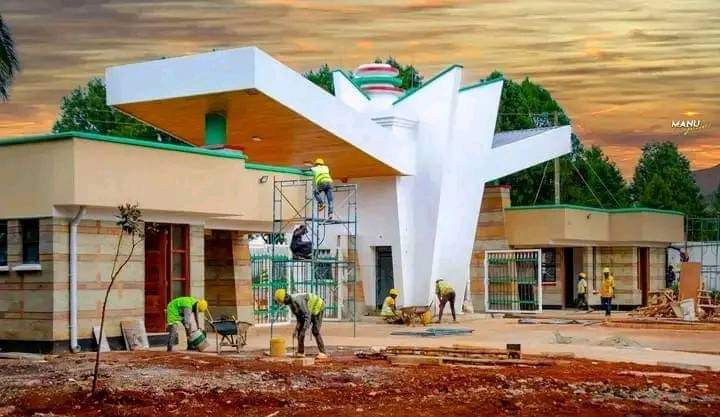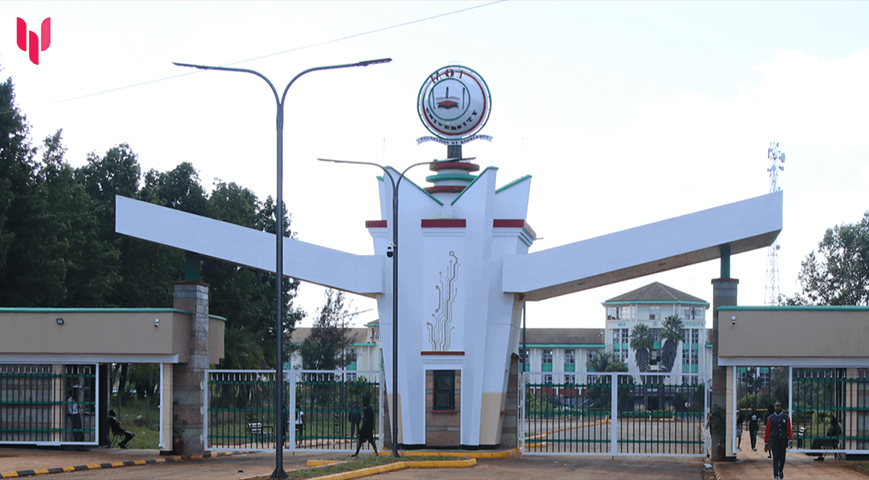Moi University management spent Ksh.29.8 million on two separate projects to construct the university's gate, according to an audit report. Speaking before the National Assembly’s Public Investments Committee on Education, Vice Chancellor Prof. Isaac Kosgey explained that the original budget of Ksh.4.8 million was scrapped after it was discovered the gate was located on a road reserve.
Prof. Kosgey told the committee, chaired by Bumula MP Jack Wamboka, that a new tender was issued for the construction of a new gate at a cost of Ksh.25 million, which raised audit concerns. "We had to abandon the initial project after being advised by the Kenya Rural Roads Authority (KeRRA) that the gate was on a road reserve," Prof. Kosgey stated.

Committee members questioned how the university could pay the entire contract amount without the contractor completing the gate. "You spend Ksh.24 million on a gate while the university is insolvent? What kind of gate is this?" asked Chair Wamboka.
Did you read this?
The committee was also informed of a scheme where university employees diverted Ksh.7.7 million in school fees payments to a private bank account. The audit report revealed that the funds, meant for the university, were diverted into the Moi University Welfare account. Prof. Kosgey acknowledged the fraud and stated that the university took appropriate action when the irregularity was discovered. "Some employees colluded with the bank to defraud the university," he said.
However, committee members were displeased with the university’s handling of the employees involved, as Prof. Kosgey admitted that they were not taken to court. "We went through a disciplinary process and sacked them, but one employee appealed and was reinstated," he added.

Additionally, the Vice Chancellor faced tough questions regarding a Ksh.3 billion loan the university secured from Exim Bank to purchase and upgrade the struggling textile company Rivatex. The committee learned that Ksh.600 million was initially used to acquire the company, and the Treasury later extended an additional Ksh.3 billion loan to modernize the facility. Despite these efforts, Rivatex posted a Ksh.300 million loss for the year ending June 2023.
Chair Wamboka criticized the university's decision to invest in a non-functional company instead of prioritizing its core mandate of education. He questioned why the university pursued a Ksh.3 billion loan for a textile company that serves only 600 students out of the 30,000 enrolled. "If you had Ksh.3 billion, wouldn't you improve learning facilities? It’s illogical for a cash-strapped university to prioritize a non-essential project," Wamboka remarked.

Prof. Kosgey defended the decision, explaining that the university was financially stable when the purchase was made, and Rivatex was intended to serve as a lab for students. "We had funds in 2008 when the decision to buy Rivatex was made. In 2017, the government got involved, and we used Ksh.600 million to acquire it," he said.









